Are you tired of high energy bills from floodlights that don’t light up the right areas? This waste happens when inefficient fixtures spill light everywhere except where you need it.
Superior optics and reflector design improve floodlight efficiency by precisely directing light only to the target area. This approach minimizes light pollution and energy waste. It boosts the "application efficacy," ensuring more light is useful, which dramatically cuts down on operational costs for the same level of brightness.
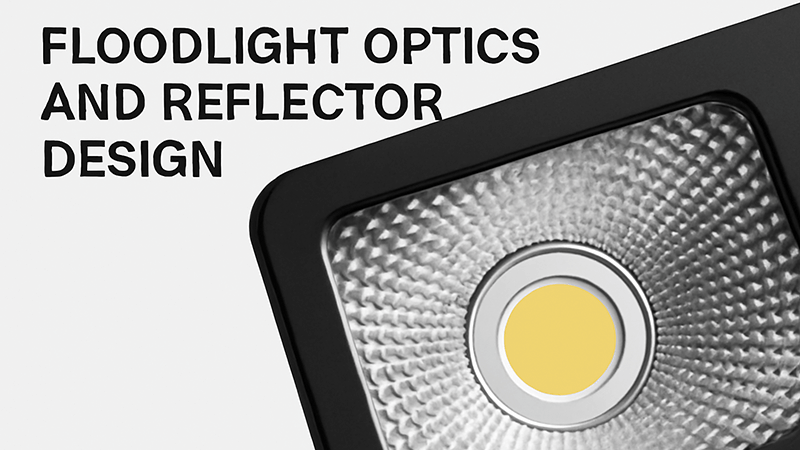
For years in the lighting industry, I’ve seen clients focus solely on the lumen output of an LED chip. They believe a higher lumen number automatically means better and more efficient lighting. But this is only a small part of the picture. The real magic, and the real efficiency savings, come from how we control and direct that light. A powerful engine is useless if the car has a broken steering wheel. The same is true for lighting. In this post, I want to share what I’ve learned about how advanced optics and reflectors are the true drivers of floodlight efficiency.
Let’s dive deeper into how these components make all the difference.
What material is commonly used for making high-efficiency reflectors in lighting applications?
Choosing a reflector material seems simple, but the wrong choice can compromise both light output and the fixture’s lifespan. A poor material can tarnish, reducing reflectivity and wasting energy.
Highly reflective aluminum, often with a specialized vacuum-deposited coating, is the industry standard for high-efficiency reflectors. Brands like Alanod are famous for materials that can achieve over 95% total reflectance, ensuring maximum light is directed out of the fixture and onto the target.
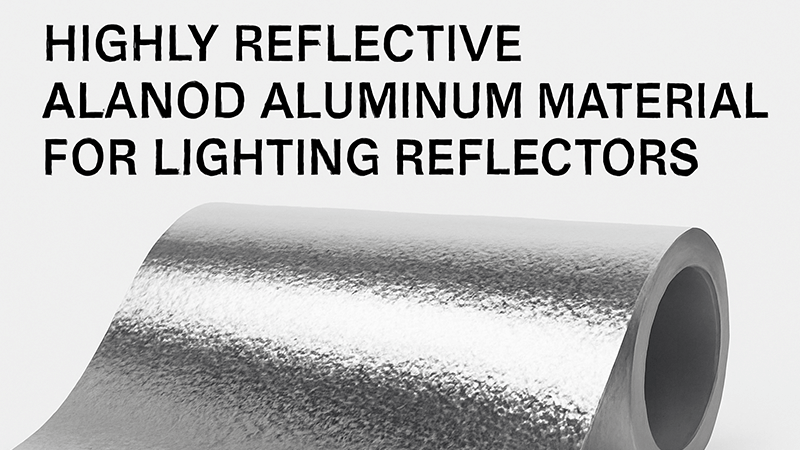
When you talk to suppliers, you’ll hear a lot about reflectivity. But from my experience building luminaires, the conversation shouldn’t stop there. The reflector’s material is also a critical part of the fixture’s thermal management system. This is a concept I call "Light and Heat Symbiosis." The LED chip generates a lot of heat, and that heat needs to go somewhere. If it doesn’t escape efficiently, the chip’s performance will degrade, and its lifespan will shorten.
A well-designed reflector is not just a mirror; it’s also a heat sink.
The Dual Role of Reflector Materials
- Optical Performance: The primary job is to reflect light. A high-purity, coated aluminum is excellent for this. It’s stable and directs light with minimal loss.
- Thermal Performance: The material and its connection to the fixture body determine how well it can pull heat away from the LED module. A die-cast aluminum reflector that is physically integrated with the main housing creates a highly efficient pathway for heat to dissipate into the surrounding air. In contrast, a thin, stamped reflector or a plastic one acts as an insulator, trapping heat around the LEDs.
Let’s compare some common options you might encounter as a purchasing manager:
| Material |
Reflectivity |
Thermal Conductivity |
Durability & Cost |
| Coated Aluminum (e.g., Alanod) |
Very High (95%+) |
Moderate |
High durability, higher cost. |
| Polycarbonate (PC) with Coating |
High (90%+) |
Very Low |
Lower cost, prone to yellowing/degradation from heat over time. |
| Die-cast Aluminum |
Moderate to High (Can be coated) |
Very High |
Excellent durability, part of the structural and thermal system. |
So, when you source a fixture, don’t just ask about the reflector’s reflectivity percentage. Ask how it is integrated into the thermal management system. A fixture using its aluminum reflector as part of the heat sink design is a sign of superior engineering that will lead to a longer-lasting, more reliable product.
How does effective lighting impact store design?
Store owners often think more lights equal a better shopping experience. This leads to high energy costs and spaces that feel harsh and unwelcoming, which can actually drive customers away.
Effective lighting creates atmosphere, guides customers, and highlights products, directly influencing sales. By using precisely controlled optics, a store can appear bright and inviting while using less energy, creating a superior shopping experience that boosts the bottom line.
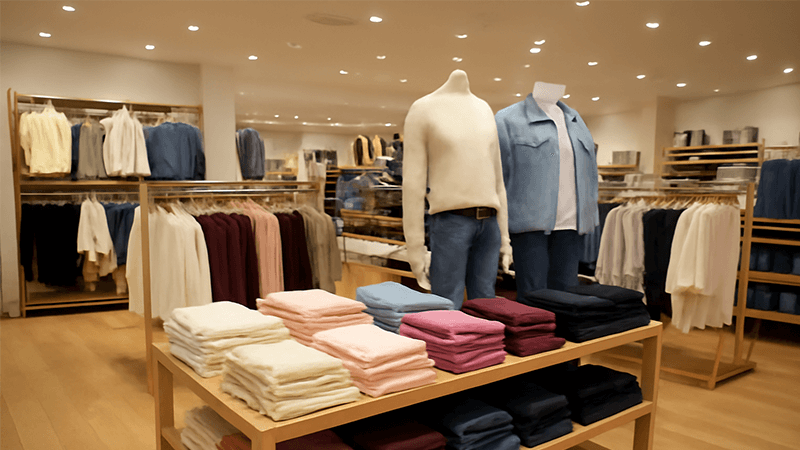
The most important efficiency gain in a retail space is driven by human factors. We must eliminate glare, ensure uniformity, and maintain high color rendering. Achieving this is the highest form of efficiency because it makes the space feel better, encouraging customers to stay longer and interact with products. A physically bright space full of glare and harsh shadows feels uncomfortable and even unsafe. This perception problem often leads managers to install more lights or increase power, which just makes the problem worse and wastes a huge amount of energy.
I once visited a client’s brand-new boutique. The light meter readings were very high, but customers were complaining that the store felt "blinding" and "uncomfortable." The issue was poorly designed downlights that created intense glare.
The Psychology of Light in Retail
The goal is not just illumination, but a carefully crafted visual experience. Good optical design achieves this.
- Eliminating Discomfort Glare: When a light source is too bright relative to the surroundings, it causes visual discomfort. Advanced optics and reflectors control the light beam, shielding the source from direct view and distributing light smoothly. This is measured by the Unified Glare Rating (UGR). A low UGR is essential for a comfortable space. In the boutique I mentioned, the initial UGR was over 25 (very uncomfortable). By switching to fixtures with deep-set LEDs and better reflectors, we brought the UGR down to below 19, which is the standard for high-quality interior spaces.
- Achieving High Uniformity: An evenly lit space feels larger, cleaner, and safer. Patchy lighting with dark spots and hot spots is distracting and looks unprofessional. Optics with wide, even distribution patterns ensure that light covers the entire area smoothly from wall to wall. This doesn’t mean everything has to be the same brightness; accent lighting is still crucial. But the general ambient light needs to be uniform.
- Enhancing Color Rendering (CRI): High-quality lighting makes products look their best. A high Color Rendering Index (CRI) ensures that colors appear vibrant and true to life. While this is a quality of the LED chip itself, poor optics can sometimes cause color shifts at the edge of the beam. A well-engineered optical system maintains consistent color across the entire illuminated area.
By focusing on these human-centric factors, we create an environment that works better for people. This is the ultimate efficiency. A happy customer in a well-lit store is the best return on any lighting investment.
How does LED lighting improve energy efficiency?
Everyone knows LEDs are efficient. But many people think this efficiency comes only from the LED chip itself. They purchase fixtures with high "lumens per watt" but still end up with poor results and high bills.
LEDs improve energy efficiency in two ways: first, by converting more electricity into light (lumens per watt), and second, through optical control. Advanced optics can direct over 90% of the light produced onto the target, drastically improving the "application efficacy ratio" and eliminating waste.
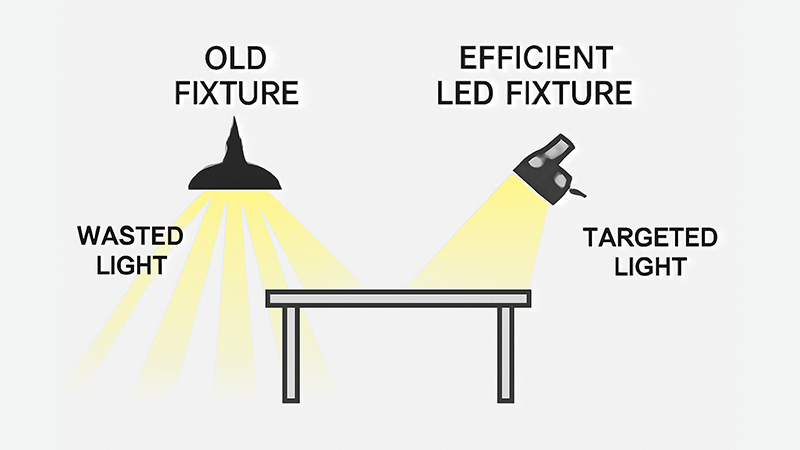
Over my career, I’ve pushed my clients to shift their thinking from "luminaire efficacy" to "application efficacy." Luminaire efficacy simply tells you how many lumens a fixture produces for every watt it consumes. But it doesn’t tell you where those lumens are going. Application efficacy is the real game-changer. It measures how much of the light produced by the fixture actually lands on the intended target area.
Think about it this way. A floodlight with a very efficient LED chip might produce 150 lumens per watt. But if it has a poorly designed, symmetrical optic, it could be throwing 40% of that light up into the sky or onto a neighboring property. Its effective light utilization is only 60%.
The Shift to Application Efficacy Ratio
A luminaire with a superior optical design might have the same 150 lm/W chip, but it can direct 90% or more of its light precisely where it’s needed. This is the difference between brute force and precision.
Let’s break down the impact on a real-world project, like lighting a small parking lot:
Scenario 1: Poor Optical Design
- Fixture Efficacy: 150 lm/W
- Power: 100W
- Total Light Output: 15,000 lumens
- Application Efficacy Ratio: 60%
- Useful Light on Target: 15,000 lumens * 60% = 9,000 lumens
- Wasted Light & Energy: 40% (40W of power)
Scenario 2: Excellent Optical Design
- Fixture Efficacy: 150 lm/W
- Power: 100W
- Total Light Output: 15,000 lumens
- Application Efficacy Ratio: 90%
- Useful Light on Target: 15,000 lumens * 90% = 13,500 lumens
- Wasted Light & Energy: 10% (10W of power)
In this example, the superior optic delivers 50% more useful light to the target area with the exact same power consumption. Or, to put it another way, you could achieve the original 9,000 useful lumens with a much lower-wattage fixture, saving even more energy. This is why when I consult on projects, my first questions are always about the target area and the required light distribution, not just the fixture’s lumen package. The shape of the light is more important than the amount of light.
What is the most energy-efficient form of lighting?
Clients often ask me for the "single most efficient" light. They expect me to name a specific bulb or technology. But this question misses the bigger picture of what makes a lighting system truly efficient.
The most energy-efficient form of lighting is not a single product, but a system: a high-efficacy LED luminaire combined with advanced, application-specific optics. The future of this is "freeform optics" and integrated smart controls that adapt to the environment in real-time.
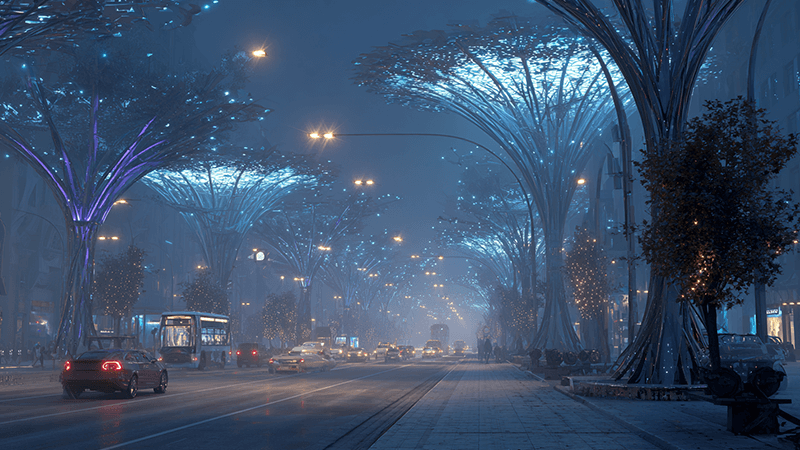
For a long time, efficiency was a simple race for higher lumens-per-watt. Today, the frontier of efficiency is in system-level intelligence and hyper-customized optical design. The most efficient lighting is the light that is perfectly shaped for its task and is only on when it’s needed. This is where we are heading, and it’s incredibly exciting. Two key areas are driving this evolution: biomimicry in optical design and the integration of communication technology.
The Future of Efficiency: Smart and Adaptive Systems
1. Biomimicry and Freeform Optics
The symmetrical, simple reflectors of the past are becoming obsolete. The future of high-efficiency reflectors and lenses lies in "freeform optics." These are complex, non-symmetrical surfaces with intricate micro-textures. The design process uses immense computational power to shape a surface that can distribute light in highly specific, custom patterns with minimal loss. We are essentially sculpting the light itself. This approach is inspired by biomimicry—mimicking efficient systems found in nature. Think of the complex vein network in a leaf that distributes nutrients, or the structure of a coral reef that maximizes exposure to sunlight. Freeform optics apply similar principles to guide photons with unparalleled precision.
2. From "Illumination" to "Light Communication"
The next leap in efficiency comes from making our lighting systems intelligent. Fixtures are no longer just for illumination. We are now designing optics with future capabilities in mind:
- LiFi (Light Fidelity): Future optics can be designed with special modules that allow them to transmit data through light while still providing uniform illumination. This turns every light fixture into a high-speed wireless access point.
- Environmental Sensing: We can integrate sensors directly into the optical system. By analyzing the light that reflects back from the environment, the luminaire can detect the presence of people or vehicles. It can even be used to monitor air quality. A streetlight could automatically brighten as a car approaches and dim down after it passes, saving enormous amounts of energy.
The most efficient form of lighting, therefore, is an intelligent system that creates the perfect amount of light in the perfect shape, exactly when and where it is needed, and does nothing more. This is the philosophy that drives our innovation at Upward Lighting.
Conclusion
Ultimately, true floodlight efficiency is not about raw power. It is about precision, control, and intelligent design that puts every single lumen to work exactly where you need it most.